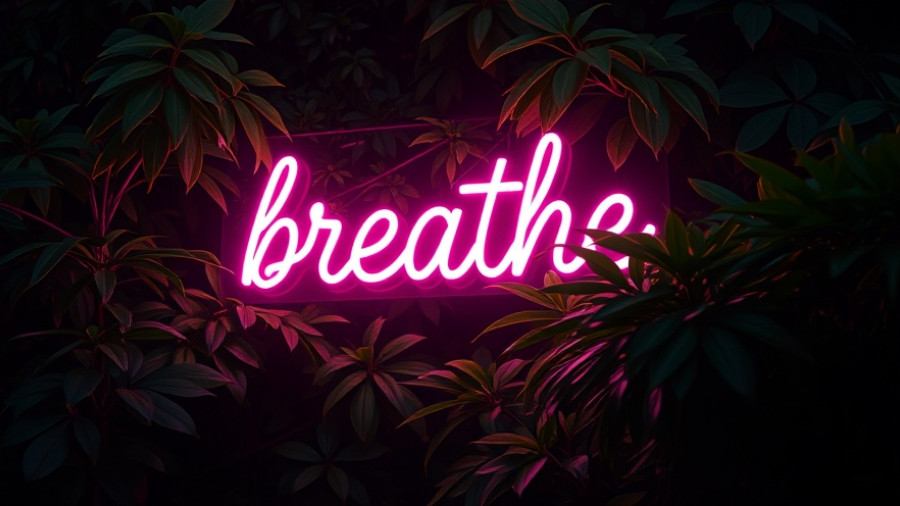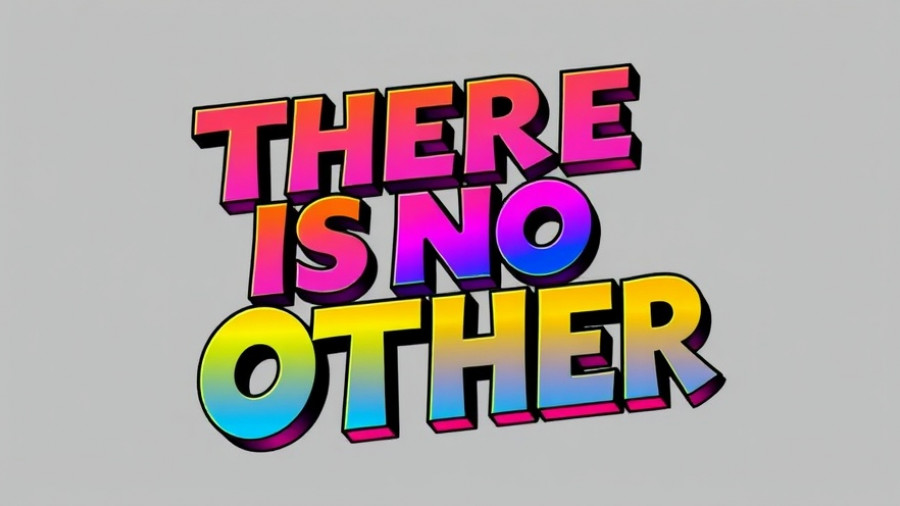
Unlocking Inner Wisdom: The Transformative Power of Koans
Koans, often seen as enigmatic phrases or riddles from the Zen tradition, serve a deeper purpose beyond mere puzzle-solving. Zen teacher Rachel Boughton emphasizes that they act as gateways into the boundless world of insights waiting just beyond our usual perceptions. By engaging with koans, one invites a shift in understanding that transcends ordinary thought.
Understanding the Essence of Koans
With origins in ancient Chinese culture, koans once thrived as spoken words capturing moments of profound experience. These nuggets of wisdom weren’t simply abstract concepts; they were dynamic reflections shaped by the intricacies of life itself. Koans encapsulate moments of spontaneity, prompting individuals to ponder the nature of reality and their experiences within it. They echo the French poet Paul Éluard's sentiment: “There is another world, but it’s inside this one.” When one commits to exploring a koan, it becomes a soft guiding presence, illuminating the path through life’s uncertainties.
Personal Reflections: A Journey with Koans
Many, including myself, approach koans with disbelief, perceiving them as the domain of philosophical debates rather than practical tools for personal development. However, once you engage with a koan, as I did with the image of stepping through darkness, your perspective can shift dramatically. The koans unveil shades of existence that highlight our fragility and strength, our confusion and clarity. A simple line, such as “Step by step in the dark, if my foot is not wet, I’ve found the stone,” doesn’t just linger in the mind; it seeps into the soul. This phrase is both grounding and liberating, alluding to our ability to navigate through life's intricacies, step by step.
Finding Your Koan: Steps Worth Taking
Finding a koan that resonates can catalyze a powerful meditative experience. Whether it's the above quote or one that speaks to you from your surroundings, the journey of bringing it into your practice is transformative. You may repeat the words in quiet contemplation or vibrate with their essence during your daily walk. As you do so, acknowledge the relationship blooming between you and the koan. It becomes more than just an external quote; it embodies a living conversation with your inner self.
The Impact of Koans on Daily Life
As we engage with koans, we realize their significance stretches beyond the confines of meditation. They enable us to explore life challenges and lofty dreams in an enriched light. Each reflection opens pathways toward understanding our existence while fostering an appreciation for uncertainty. This process invites an acceptance of life’s complexities — it allows room for confusion while simultaneously offering clarity.
Embracing the Journey of Self-Discovery
The journey with koans is essentially one of observing oneself deeply. With each koan faced, we may surface our fears, hopes, and profound connections that link us to the universe. Knowing these insights can fuel our quest for contentment and understanding in turbulent times. Koans teach us to embrace, rather than escape, our reality. It embodies the realization that the more we dive into the depths of the unknown, the more we find ourselves.
A Call to Reflect
In reflecting upon the wisdom of koans, we can draw closer to our authentic selves. There is an abundance of insight waiting when we choose to step into the world of these mystifying phrases. Take a moment to find a koan that stirs your imagination or resonates with your spirit. As you accompany it through moments of silence or reflection, consider how it could illuminate your path in profound ways.
 Add Row
Add Row  Add
Add 




Write A Comment